
John Wheeler is best known as a physicist who popularized the term black hole. He was called the hero of black hole story by Stephen Hawking. Wheeler also coined the word wormhole for a hypothetical pathway connecting two remote points in space-time.
Wheeler [1911 – 2008] earned his doctorate degree when he was only 21 years old. He worked with such renowned scientists as Niels Bohr and Edward Teller. For most his life, Wheeler was a professor, his most notable student being Nobel laureate Richard Feynman.
Following are 5 brilliant quotes by John Wheeler:
1. Space tells matter how to move. Matter tells space how to curve. This is how Wheeler summarized Einstein's general relativity in one line.
2. The best way to learn something is to have to teach it. said in 1996
3. We live on an island surrounded by a sea of ignorance. As our island of knowledge grows, so does the shore of our ignorance. to Scientific American, 1992
4. In any field find the strangest thing and then explore it. quoted by James Gleick
5. The universe gives birth to consciousness, and consciousness gives meaning to the universe.
John Wheeler and Richard Feynman
Wheeler joined Princeton University as a professor of physics in 1938, remaining until 1976. Wheeler supervised 46 PhD students at Princeton, more than any other professor. His most notable student was Richard Feynman.
Over the course of time, Wheeler and Feynman developed a friendship and mutual admiration. Feynman referred to Wheeler as his "spiritual father," and they maintained a lifelong connection, even after Feynman moved to Caltech.
Death and legacy
On April 13, 2008, Wheeler died of pneumonia at the age of 96. He is remembered as one of the greatest American physicists of the 20th century. After his death, the University of Texas named the John Wheeler Lecture Hall in his honor.






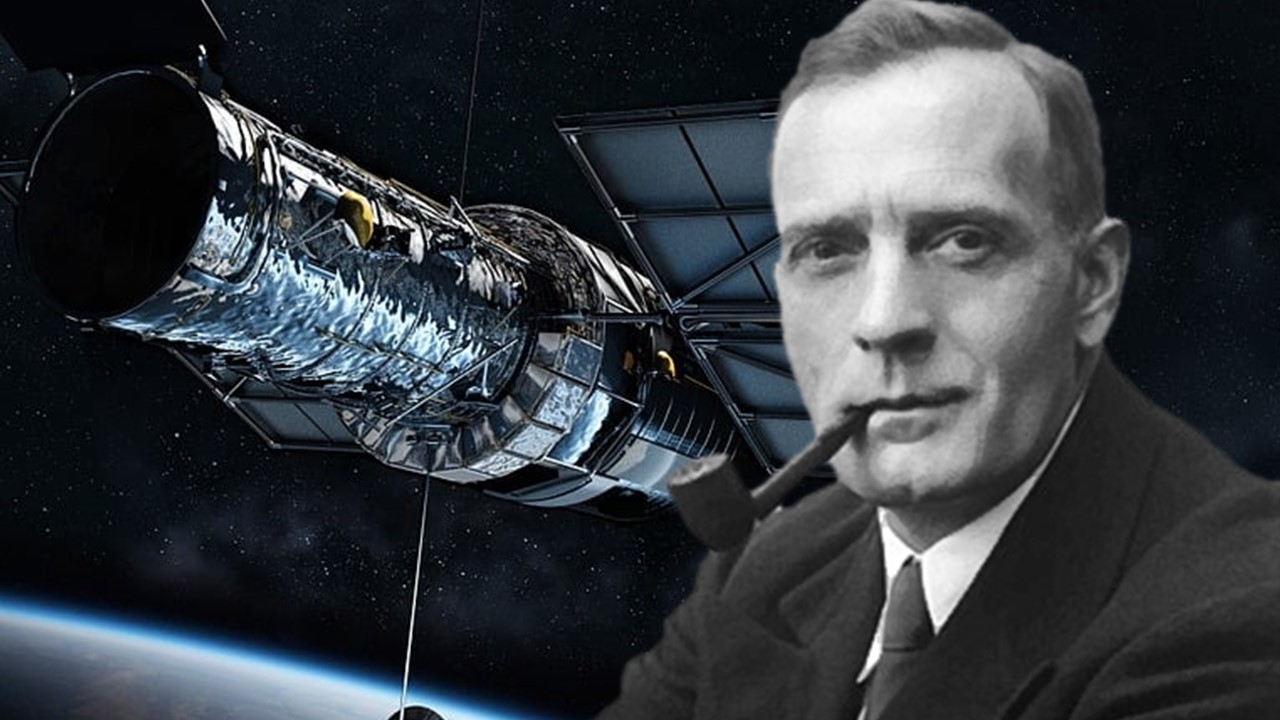





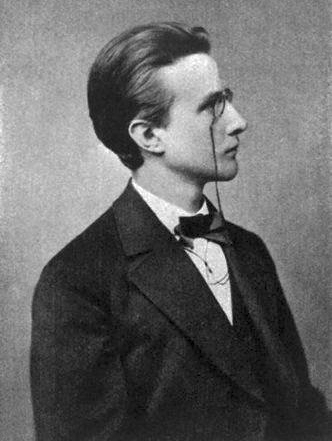





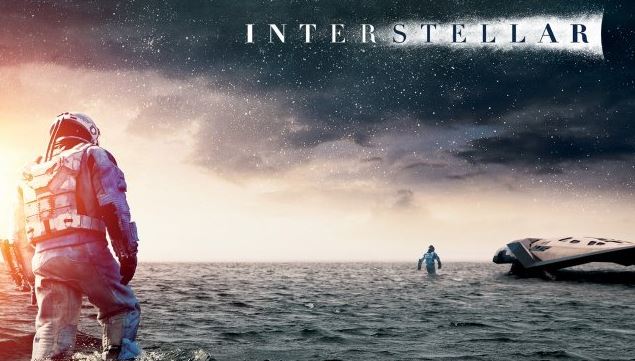




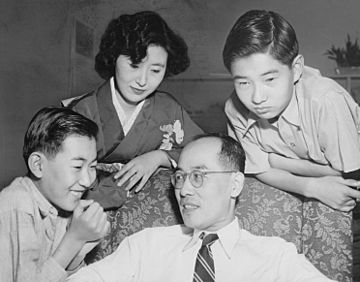
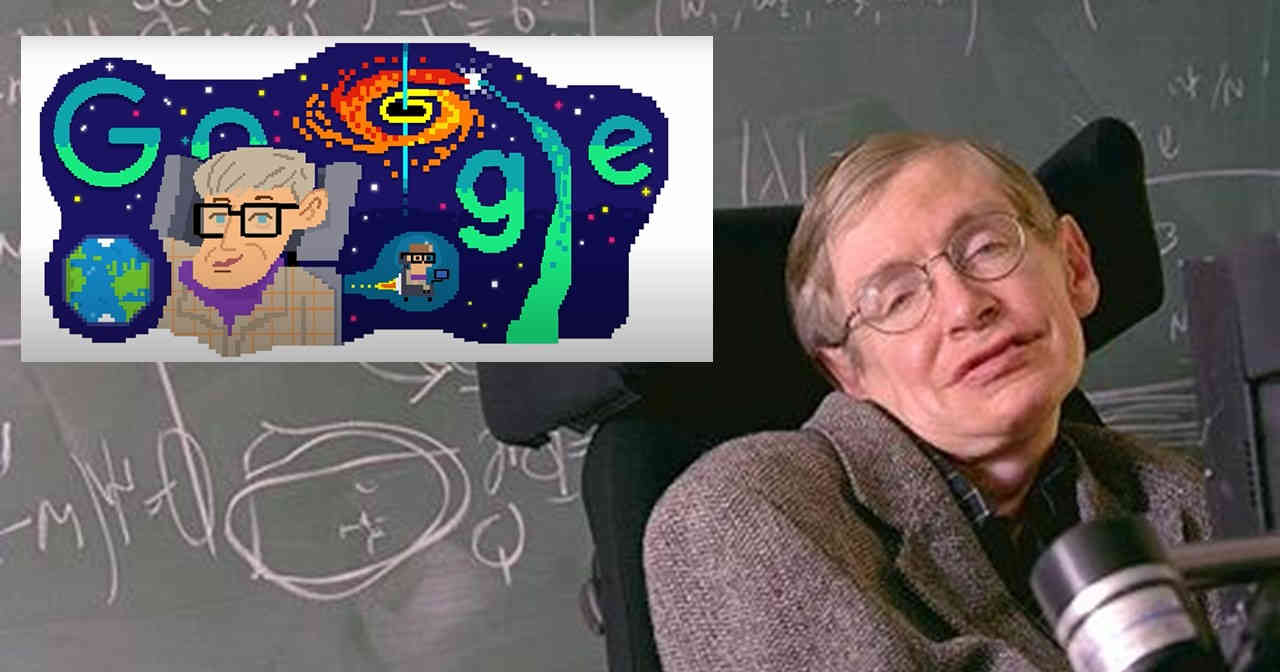
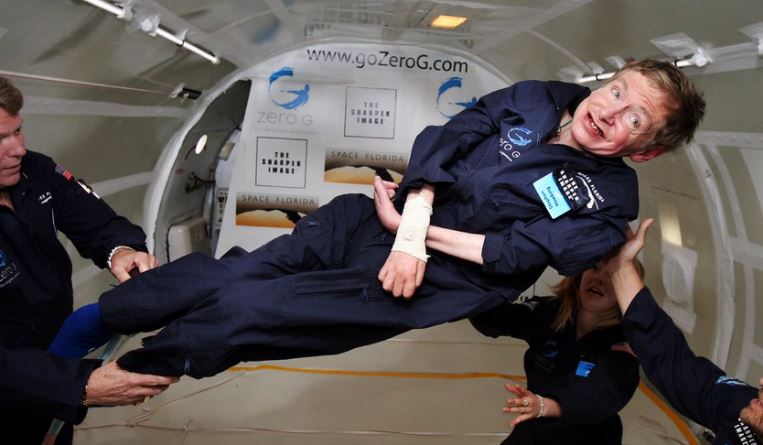
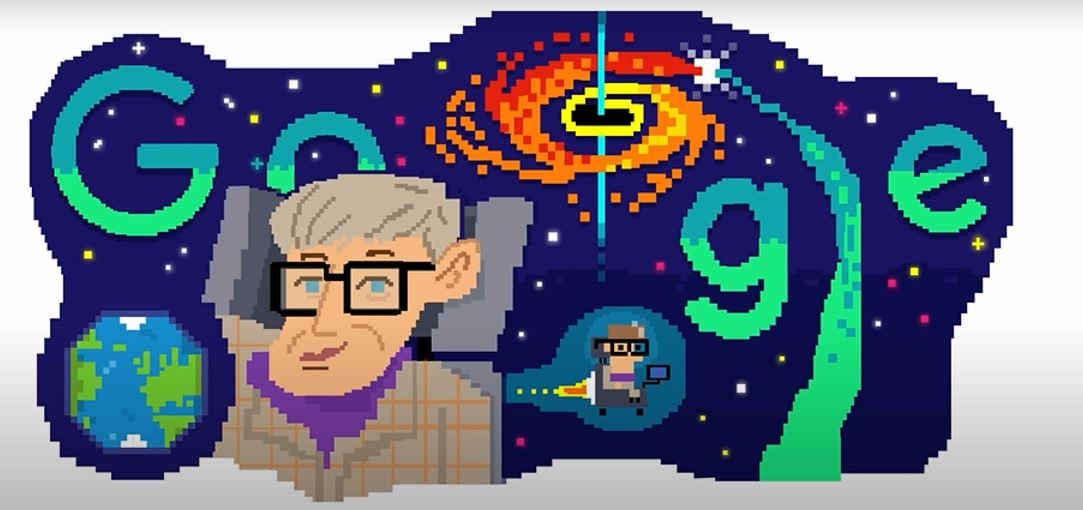
 Physics, astronomy and science history blog for students
Physics, astronomy and science history blog for students